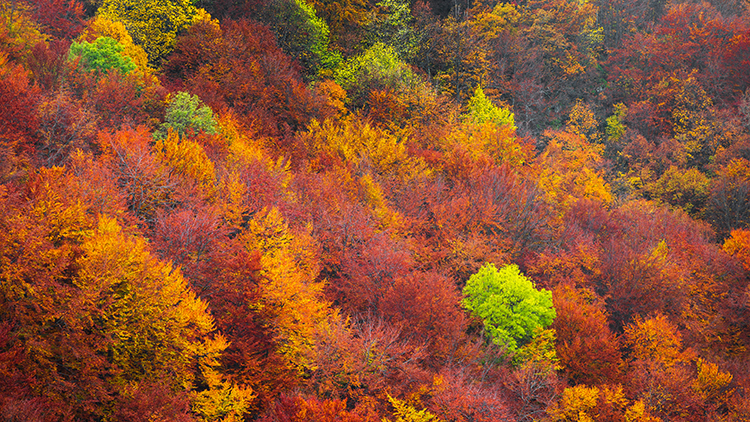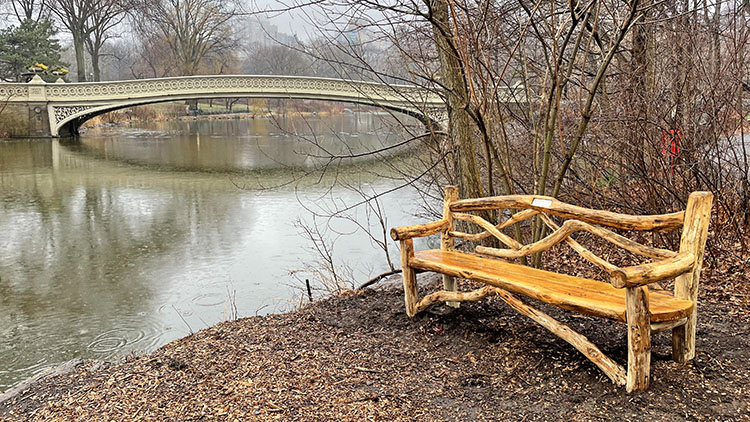
Have you ever wondered why the leaves on some trees change color in the fall? It all stems from something else that happens during that time of year: fewer hours of daylight.
In places where the weather gets colder in the fall, fewer hours of sunlight make the days seem shorter. Leaves on deciduous trees change colors because there is less sunlight for plants. Plants have a chemical called chlorophyll, which is the reason leaves are green. Chlorophyll helps plants use sunlight to make energy in a process called photosynthesis. In the spring and summer, plenty of sunlight means plenty of chlorophyll and green leaves. When there’s less sunlight, leaves stop making chlorophyll, and the green color fades. The leaves then turn red, orange, and yellow.
After the leaves change colors, they usually fall to the ground, allowing deciduous trees to save energy and water during winter. The trees use this energy to keep their roots and trunk alive and strong. The leaves that fall add nutrients to the soil that the trees can use.
Not all leaves change colors, however, and not all trees lose their leaves in the fall. Evergreens are trees that stay green all year long. Unlike the leaves on deciduous trees, which are large and flat, evergreen leaves are long and thin. This shape allows them to conserve more water, which is also needed for photosynthesis. Evergreen leaves have enough stored water to keep photosynthesis going in the fall and winter when there is not as much sunlight. Evergreens do lose their leaves, but they lose them throughout the year.
What Do You Think? Take a walk in your neighborhood. Can you tell the difference between deciduous and evergreen trees?
Reading Response Click on this link to respond to your reading. Print out the response page or upload it to your classroom site.
Photo Credit: Ongala/Shutterstock



